The packing head of the large waste paper baler (4 in total) is the most complicated part of the whole equipment and the most interlocked parts. The packing head of each waste paper hydraulic baler has exactly the same structure and can be interchanged. Largewaste paper baler is a mechatronics product, mainly composed of mechanical system, control system, feeding system and power system. The whole packing process is composed of auxiliary time such as pressing, returning, carrying, transferring, outgoing up, outgoing down, and receiving. The baler combines its own characteristics to quickly and easily package tying objects, easy to carry and transport objects, can save consumables, and have excellent packaging effects, but the market demand lies.
Therefore, the transformation of the waste paper baler market has both advantages and disadvantages for the baler. The advantage is that it can encourage more baler companies to improve and improve their own production technology and science and technology, which is not only for their own companies. It is an improvement and a more stable company's position in the market. The disadvantage may be that some weaker companies are unable to achieve such improvement and development, and are facing the situation of being eliminated and excluded, which also reminds most packer companies to develop better and steadily.
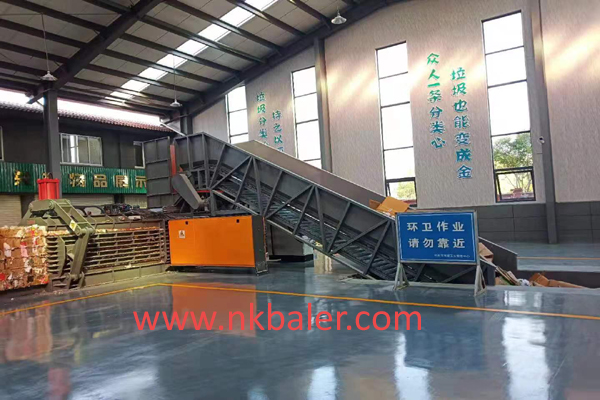
The type waste paper baler has the characteristics of convenient operation and maintenance, safety and energy saving, and low investment cost of equipment basic engineering. In terms of installation, the vertical waste paper baler does not require foot screws during installation, and only needs to choose a stable ground. In terms of power, some models support diesel engine power. When the vertical waste paper baler is used in places without power, diesel engines can be used as power. In terms of structure, the pusher cylinder and the pusher head of the vertical waste paper baler are connected by a spherical structure, which has good reliability and long service life of the oil seal. At the same time, there is a distributed shearing knife at the feeding port, which has high shearing efficiency.
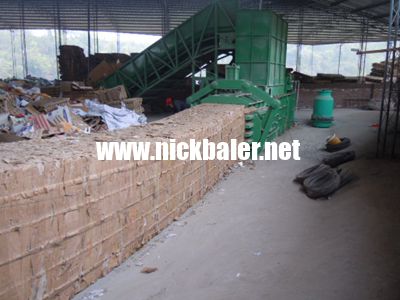
The welding structure hydraulic press used for stamping has good rigidity, which is opened back and forth, but closed left and right. In the vertical four-column casting hydraulic press with upper transmission, the oil cylinder is fixed in the upper beam, the plunger is rigidly connected with the movable beam, and the movable beam is guided by the column and moves up and down under the pressure of the working fluid.
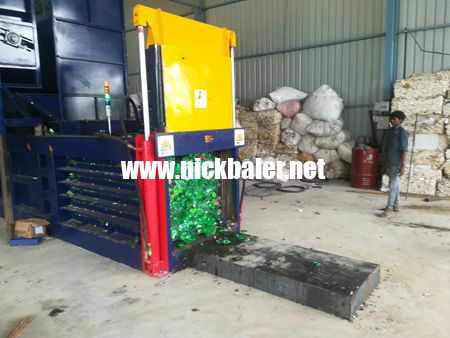
Most of our horizontal waste paper baler manufacturers are imported high-end equipment from abroad, starting late, and the expertise in this area is relatively scarce. Some imported advanced technologies are difficult to digest at a time, and of course it is difficult to create higher value. To a certain extent, horizontal waste paper baler manufacturers are in a dilemma. Most of the equipment in our country is to buy foreign advanced equipment first, and research in your own field. This is just superficially imitating others and it is difficult to surpass others. This also requires us to continuously learn professional knowledge in all aspects. Constantly speeding up the pace of advancement, and only in this way can we achieve better development. Our horizontal waste paper baler manufacturer is one of the famous domestic baler companies, and has a high reputation in the country, and there are also in the market. Has a large market share. The application of horizontal waste paper baler manufacturers in the market has been welcomed by people. It is also the introduction of new technologies in continuous research and development, and continuous adherence to independent innovation. It is under this situation that horizontal waste paper baler manufacturers continue to grow in the market and slowly mature.
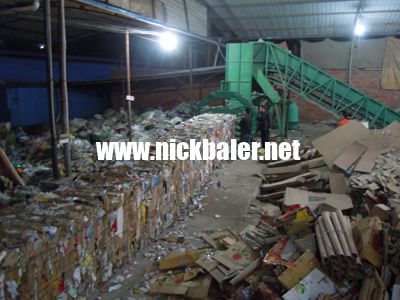
Other Baling Press wastes generally cause harm to the environment. Some of them have good stability and are difficult to decompose in nature, and over time they become the main garbage on the earth. With the rapid development of Baling Press products, the failure to take effective measures in the management, disposal and reuse of waste is also an important reason for this status quo.
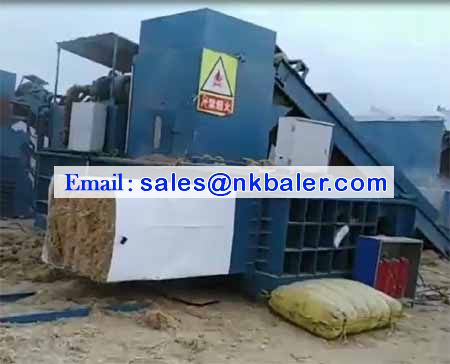
Email:info@nkbaler.com Nickbaler888@gmail.com
WhatsApp: 008615021631102

